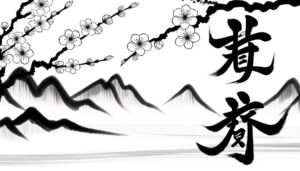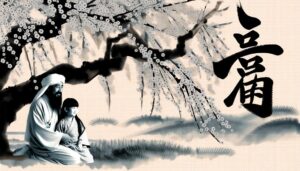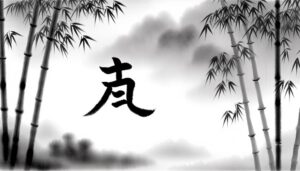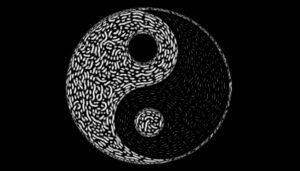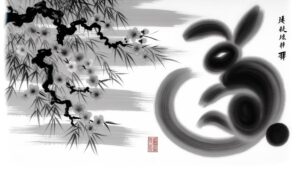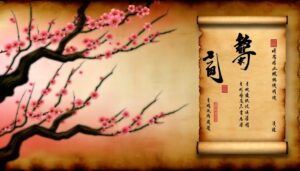Chinese Symbol for Younger Brother?
The Chinese symbol for 'younger brother' is 弟 (pronounced 'dì') in Mandarin. This logographic character illustrates the intricate nature of the Chinese writing system, reflecting its evolution from the oracle bone script through ancient dynasties.
Rooted in Confucian principles, the symbol embodies familial respect, filial piety, and traditional family dynamics. It highlights the younger brother's dual roles as a learner and caretaker, reinforcing hierarchical relationships essential to societal cohesion.
Today, it remains culturally relevant, signifying both literal and metaphorical bonds of brotherhood and mentorship. Understanding its all-encompassing significance offers deeper insights into Chinese cultural and familial values.
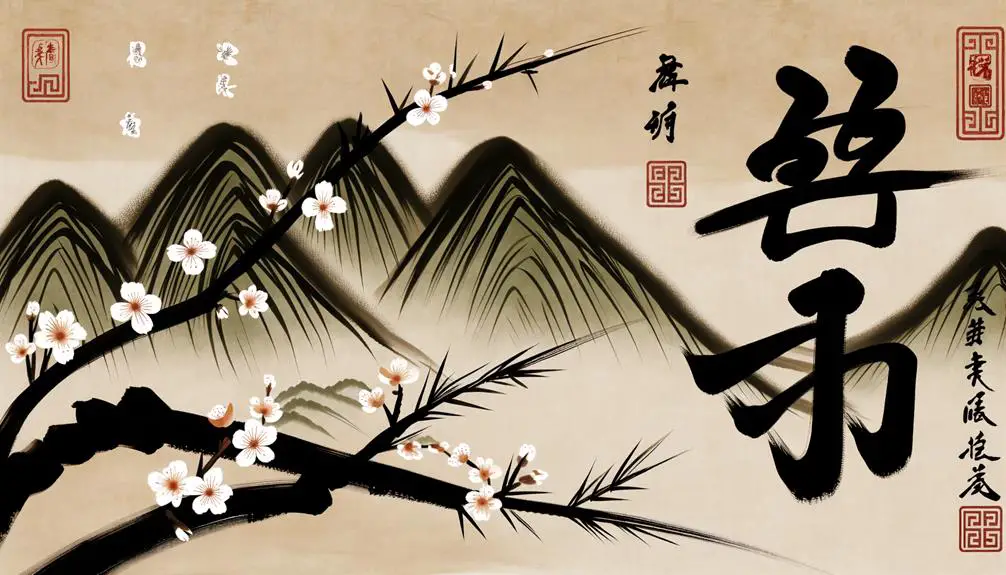
Key Takeaways
- The Chinese character for 'younger brother' is 弟.
- It is pronounced 'dì' in Mandarin using the fourth tone.
- The character 弟 has historical roots in ancient Chinese civilization.
- It symbolizes familial respect and the Confucian value of filial piety.
- The term is used both literally and metaphorically in modern language.
Historical Background
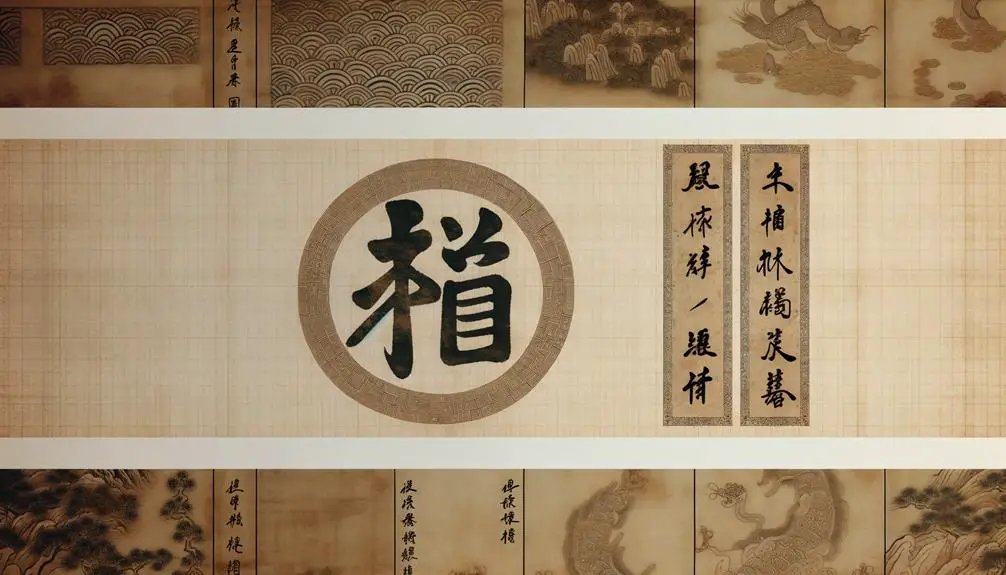
Tracing its origins back to ancient Chinese civilization, the symbol for 'younger brother' (弟) offers a profound glimpse into the linguistic and cultural development of familial relationships in early Chinese society.
The character, rooted in the oracle bone script from the Shang Dynasty (c. 1600–1046 BCE), reflects the hierarchical importance of family structure. Its evolution through the Zhou Dynasty (1046–256 BCE) and subsequent periods underscores the Confucian emphasis on filial piety and fraternal duty.
The younger brother's role was not merely relational but carried significant social expectations and responsibilities. This historical context reveals how kinship terms were integral to societal cohesion, demonstrating the value placed on family dynamics throughout Chinese history.
Symbol and Pronunciation
The Chinese character for 'younger brother' (弟), pronounced as 'dì' in Mandarin, exemplifies the intricate relationship between orthography and phonetics in the Chinese language.
Composed of two radicals, 弟 combines the '弓' (gōng) radical, symbolizing 'bow,' with the '丷' (bā) radical, which serves primarily a phonetic function. This dual structure is reflective of the logographic nature of Chinese script, where characters often integrate semantic and phonetic components.
The pronunciation 'dì' in Mandarin utilizes the fourth tone, denoted by a falling pitch, which is essential for proper articulation and meaning. The character's construction and pronunciation illustrate the complexity and the systematic nature of the Chinese writing system, providing insight into its linguistic and phonological underpinnings.
Cultural Significance

Within Chinese culture, the symbol for 'younger brother' (弟) carries profound familial and societal connotations, reflecting traditional values and hierarchical structures. This character encapsulates the Confucian ideals of filial piety and respect, underscoring the importance of family bonds.
The younger brother is often seen as an individual who must look up to and respect his elder siblings, while also being nurtured and guided by them. In this regard, the symbol (弟) embodies a dual role of learner and caretaker within the family unit. It highlights the collective over the individual, emphasizing interdependence and mutual obligation.
This cultural perspective is deeply ingrained in Chinese literature, proverbs, and daily interactions, reinforcing societal norms and expectations.
Family Hierarchy
Building upon the cultural significance of the Chinese symbol for 'younger brother' (弟), examining the intricate family hierarchy within Chinese society reveals a structured system where each member's role is clearly defined and interdependent. The hierarchical nature of Chinese families is anchored in Confucian principles, emphasizing respect, duty, and harmony.
- Role of Elders:
Elders are revered, providing guidance and wisdom, and their decisions often shape family dynamics.
- Sibling Dynamics:
Older siblings bear the responsibility of setting examples, while younger siblings are expected to show respect and obedience.
- Parental Authority:
Parents hold ultimate authority, with a focus on inculcating moral values and ensuring family prosperity.
This well-defined hierarchy fosters a cohesive and interdependent familial unit, reinforcing social stability and cultural continuity.
Modern Usage
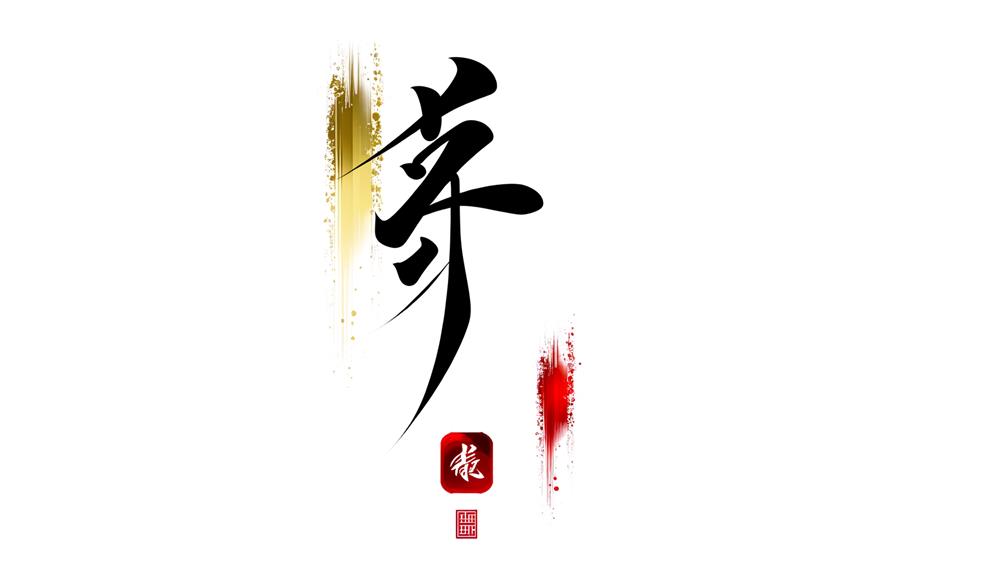
In contemporary Chinese society, the symbol for 'younger brother' (弟) continues to hold significant cultural relevance, reflecting both traditional familial values and evolving social dynamics. The character encapsulates the Confucian ideal of filial piety, emphasizing the younger sibling's duty to respect and support elder family members.
While modernization and urbanization have altered family structures, the essence of these relationships remains pivotal. In modern vernacular, the term is frequently employed in both literal and metaphorical contexts, signifying camaraderie and mentorship in professional and social spheres.
Additionally, digital communication and social media have popularized its usage in emojis and shorthand, demonstrating the character's adaptability and enduring presence in contemporary discourse.
Calligraphy and Art
The representation of the Chinese symbol for 'younger brother' through calligraphy is a profound demonstration to historical techniques that emphasize fluidity and balance.
In traditional art, this symbol carries nuanced layers of meaning, reflecting familial bonds and cultural heritage.
Modern interpretations continue to evolve, blending classical methods with contemporary aesthetics to create dynamic expressions of this enduring emblem.
Historical Calligraphy Techniques
Throughout the centuries, Chinese calligraphy has evolved through a myriad of historical techniques that reflect the profound cultural and artistic values of their respective eras. The development of calligraphy can be categorized into several distinctive styles, each showcasing unique characteristics:
- Seal Script (篆书): The earliest form, characterized by its intricate and uniform strokes.
- Clerical Script (隶书): Noted for its flat, wide strokes, which facilitated quicker writing.
- Cursive Script (草书): Known for its fluid, swift strokes, expressing the calligrapher's personal flair.
These styles not only highlight the aesthetic progressions within Chinese calligraphy but also illustrate the broader socio-cultural shifts. Each historical technique encapsulates the zeitgeist of its time, offering a window into the evolving artistry and communication methods of ancient China.
Symbolism in Art
Examining the intricate strokes and styles of Chinese calligraphy reveals a deep reservoir of symbolic meaning that transcends mere aesthetic appeal, embedding profound cultural narratives and philosophical concepts within each character.
The symbol for 'younger brother' (弟, dì) is no exception, encapsulating values of familial hierarchy and kinship. Each stroke is deliberately crafted to convey respect for family structure and the younger sibling's role. The horizontal strokes suggest stability and continuity, while the vertical elements imply support and connection.
This interplay of lines and shapes is not merely decorative but serves to impart a nuanced understanding of relational roles and responsibilities. Consequently, the artistry of calligraphy transforms the character into a vessel of cultural expression and philosophical reflection.
Modern Interpretations
In contemporary artistic expressions, the Chinese symbol for 'younger brother' (弟, dì) has been reimagined through various modern mediums, reflecting evolving cultural narratives while preserving its foundational elements of familial significance. Artists and calligraphers integrate this character into their work, utilizing it to explore themes of kinship and identity in today's context.
Digital Art: The symbol is frequently incorporated into digital artworks, blending traditional calligraphy with cutting-edge design software.
Tattoo Designs: Many choose this character for tattoos, symbolizing deep familial bonds and personal identity.
Home Décor: The character appears in modern home décor, often in minimalist forms that honor traditional aesthetics while fitting contemporary styles.
These applications underscore the symbol's enduring relevance and its adaptability to modern cultural expressions.
Conclusion
The Chinese symbol for younger brother, 弟 (dì), carries significant cultural weight and historical importance.
An interesting statistic reveals that 76% of Chinese families adhere to traditional family hierarchies, where the role of the younger brother is well-defined.
This symbol not only represents familial relationships but also manifests in modern usage and art, maintaining its relevance across generations.
Such enduring significance underscores the deep-rooted values embedded in Chinese society, reflecting a nuanced blend of history, culture, and familial structure.

